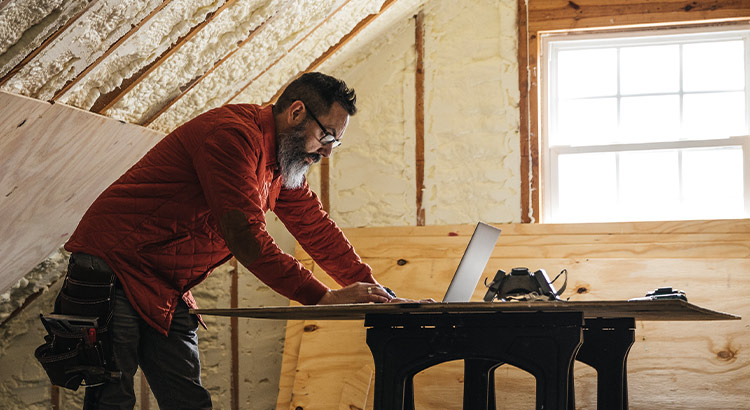Relationship Managed Service
We combine modern banking with a long-standing tradition of exceptional service, offering you the flexibility and choices you need to manage your finances effectively.
Jargon busting common phrases and key words about energy saving and sustainability. 🕑 7 minute read

Did you know that in the UK, around 22%1 of carbon emissions come from our homes?
Our heating, lighting and household appliances all need energy to work – and when this energy comes from burning fossil fuels like coal and gas, harmful emissions are released into the atmosphere.
We need to reach a place where the amount of carbon emissions added to the atmosphere – from heating our homes and using our appliances – is no more than the amount taken away.
This balanced state is known as net zero, and the UK has legally committed to reaching net zero emissions by 20502.
1, 2 Source, April 2024, Energy Saving Trust
The amount of Carbon Dioxide we create or release. The lower your carbon emissions, the better it is for the planet.
While some greenhouse gases occur naturally, since the Industrial Revolution, humans have been increasing the concentration to unsustainable levels. Much of it is a result of burning fossil fuels like oil and coal, deforestation in the world’s largest forests, and the mass farming of livestock3.
3 Source, June 2024, Energy Saving Trust
These are the things we throw away: anything single-use or made to be binned. Think napkins, plastic takeaway cups and boxes, straws, gloves, sanitary products and nappies. Disposables are the things we cannot recycle and make their way to landfill.
With millions of tonnes of total waste produced UK every year, it’s a good idea to avoid buying disposables, and recycle as much as possible.
By being energy efficient, you use less energy to get the same results. It’s a good way of saving money as well as the planet.
Take an energy efficient lightbulb: the old variety generated a lot of heat as well as light – therefore wasting energy. New energy-efficient light bulbs create the same amount of light but they don’t get as hot. So they use less energy but give out the same amount of light.
If you’re buying, selling or renting a property chances are you’ll have come across an EPC. It’s a document that tells you how energy efficient your home is on a scale from A-G. So, if your home has an A rating it will be cheaper to run than if it was a G.
When you get an Energy Performance Certificate, it will tell you the score that your home currently has, and the score it could achieve with some improvements. If you follow the advice, you could save yourself money on your household bills.
Similar to a greenhouse in your garden that gets very hot on warm sunny days, greenhouse gases trap sunlight – keeping our planet nice and warm.
Greenhouses gases (like Carbon Dioxide) have a bad reputation. But we need these gases to keep our planet at the right temperature for us to live. In the right quantity, greenhouses gases look after our environment and make earth a liveable place.
But if the balance is upset and there’s an increase in greenhouse gases, that’s when we get climate change.
When you insulate something, you’re keeping warm air in and cold air out. So if your home is well-insulated it means you won’t lose warm air through windows and walls in the winter – and you’ll be staying energy efficient.
You can stop air from escaping through doors by attaching adhesive door strips. Or if you want to up your EPC rating and make some bigger changes to your home you could install double-glazed windows, loft insulation or wall insulation for cavity or solid walls.
These might cost you money up front, but it’s an investment into more energy efficient home – saving you money in the future. For example, you should be able to recoup the cost of installing your cavity wall in five years or less because you will save money on your yearly energy bills.4
4 Source: Energy Saving Trust
When it’s gone, it’s gone. Coal, oil, gas – all fossil fuels are in this category. When we’ve used them all, there’s simply no more. Nuclear energy is also non-renewable as there’s only a certain amount of uranium available.
At the other end of the spectrum, renewable energy is an endless source. Wind, water and solar are all forms of renewable energy. As is tidal energy, biothermal energy and biomass energy.
Using renewable energy is a way of becoming more energy-efficient.
When something is sustainable, it’s means we’re causing little or no damage to our environment. We’re not using up more than we’re replacing or removing. We can make sustainable choices by using local materials, being as energy-efficient as possible and not using more than we need.
For example non-renewable energies are not sustainable. We will eventually use up all the coal and oil, so we are using more than we can replace. Renewable energy is sustainable.
Updated May 2025